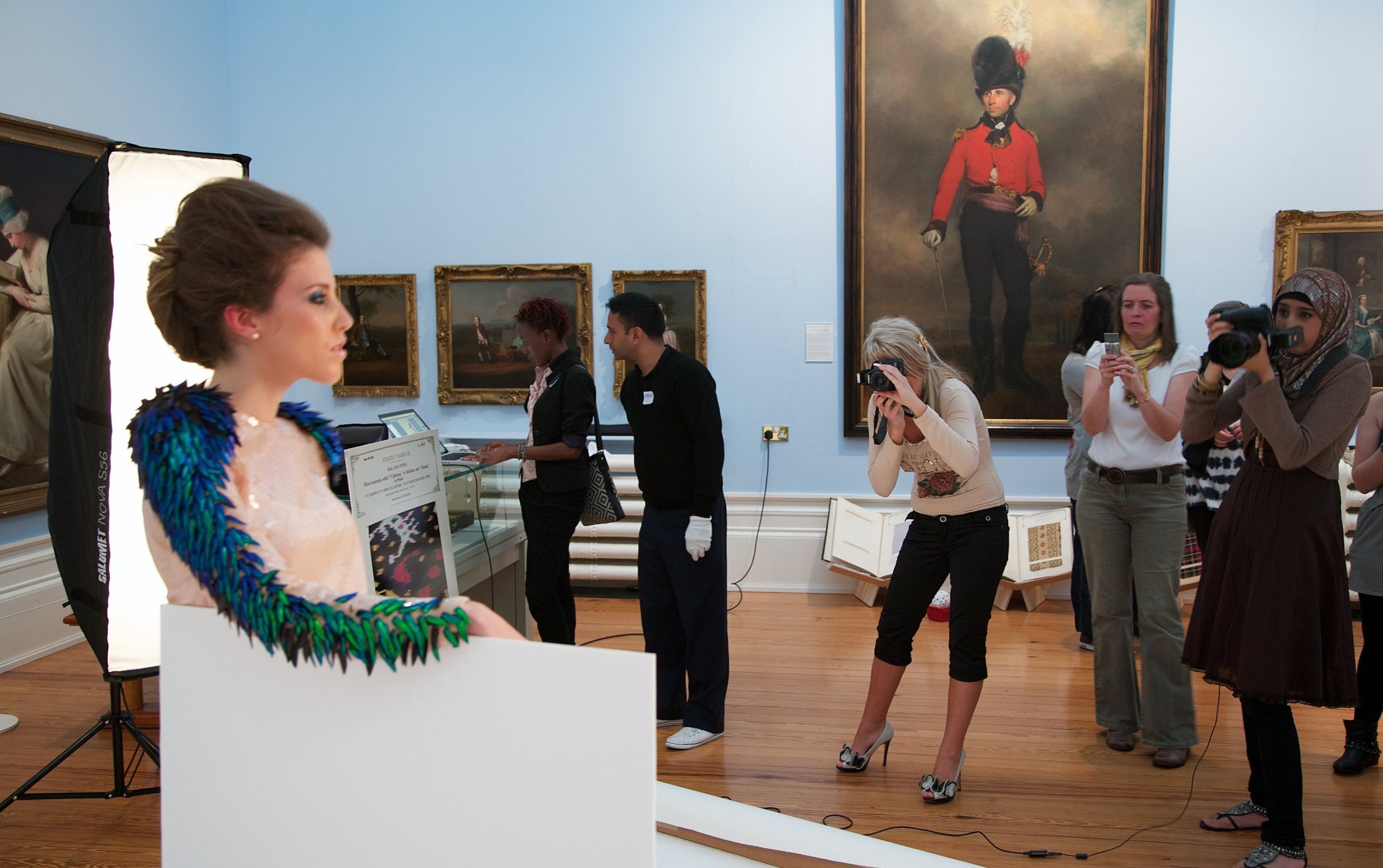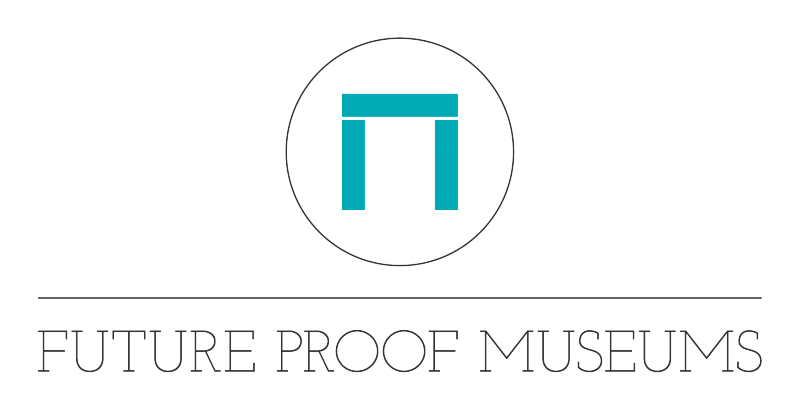
A fashion photo shoot at the Harris Museum, Art Gallery & Library, one of the case studies in the Future Proof guide
Future-proofing your organisation
Arts organisations can develop resilient business models by acknowledging that they don't have all the answers, says Julie Aldridge.
There has been much focus on resilience over the last few years. Before we reach crisis point, when funding is significantly cut or audiences no longer see us as relevant, arts and cultural organisations need to review options for the future. This might be testing ideas, building support, developing new approaches and identifying new sources of income. We can then feel ready to make a shift when things change, and that shift should feel evolutionary – not radical, revolutionary or risky.
Developing a relevant, desirable business model is not about coming up with the right answer, but about developing the right approach
Many arts leaders and managers have embraced this – developing entrepreneurial skills, focusing on sustainability and identifying ways to diversify income streams. This is a creative sector after all, and we’re not short of great ideas.
Putting ideas into practice
I was recently talking to the team at a gallery who are thinking about introducing opportunities for local creative businesses and artisans to rent space within the venue on a short-term basis, as well as providing pop-up shops inspired by their temporary exhibitions.
Potentially it’s a good idea that could build both relevance and resilience. But how do they know if there will be enough demand from businesses? How do they know if visitors will shop there? How do they know if it will generate a good return on their time and investment? Is there a better way to use that space to support the gallery and further its vision?
As we navigate the future, setting a new direction, and putting our good ideas into practice, we face several challenges:
- Most of us are working under significant time pressures, with limited capacity for planning and strategic thinking. We often implement the first solution we find and spend our limited time fine-tuning it into a detailed business plan to help us secure funding or convince others. But our first ideas are rarely our best ideas.
- We often assume that things that have worked for us in the past will continue to work in the future. But change is a constant. The world around us is changing (technology, funding, public expectations, competition for people’s time, politics, legal requirements) and that pace of change isn’t about to slow down any time soon. Finding a magic answer that enables us to continue to operate in the way we always have done is highly unlikely.
- In a climate in which funding is tight, cultural organisations are adapting what they do to develop new income streams. This often requires new entrepreneurial skills and changes to the organisational culture so the company can generate viable ideas and nurture potential.
- All this complexity can create some tricky strategic choices for leaders and decision-makers. There is often felt to be a tension between delivering impact in line with the vision, delivering initiatives designed to build audiences and visitors, and generating income to sustain the organisation.
The right approach
I have some good news: it’s okay to be uncertain. Developing a relevant, desirable business model is not about coming up with the right answer, but about developing the right approach.
This is not about becoming an inventor, creating products, pushing them out into the world and hoping that someone might buy them while we move on to the next invention. Instead, we want to develop organisations that deliver on our vision and offer value to people (audiences, visitors, participants, funders, sponsors, members, donors, businesses), and that requires a different starting point. We must acknowledge that we don’t have all the answers and that we need to ask, listen, try, learn and adapt.
Practical guidance
The Future Proof guide that I have written for AMA has this ethos at its heart. Starting from an acknowledgement that one person (or a small group of people) won’t have all the answers, it encourages us to embrace curiosity. It explores how we add value to people and how this might develop more over time.
It’s iterative, encouraging you not to wait till you’ve got a fully worked up idea before you start exploring its potential with people. Test the biggest assumption in the idea first. What needs to be true for this idea to work? Start with quick, low-risk, low-cost experiments and build and adapt ideas over time as you gain confidence and clarity about which ones to take forward.
The guide is highly practical with exercises, discussions and tried and tested techniques shared by the Future Proof trainers. It contains case studies to inspire your thinking, with contributions from a mix of arts, museums and cultural organisations.
At its heart is a business case framework, providing insights to help explore ideas:
- How might your business model or idea best deliver on your vision or cause?
- What is the evidence that your business model or idea is desirable to people?
- What is the evidence that your business model or idea is feasible to deliver?
- What is the evidence that your business model or idea is financially viable?
- What are the opportunity costs and constraints involved in realising your idea?
Developing new income streams and exploring new business model ideas should be seen as a creative process. Embrace the uncertainty early on, explore ideas and possibilities with people, and develop clarity as you progress through the exercises in the guide.
Julie Aldridge is a strategic consultant in the arts and cultural sector.
juliealdridge.co.uk
The Future Proof guide is a free resource on CultureHive for museums, arts and cultural organisations, inspired by the Future Proof programme.

This article, sponsored and contributed by AMACultureHive, is part of a series sharing resources and learning from the online library for the sector.
Join the Discussion
You must be logged in to post a comment.